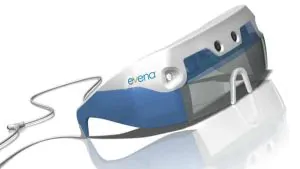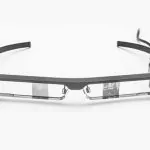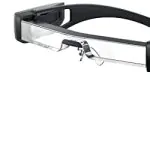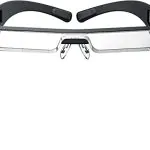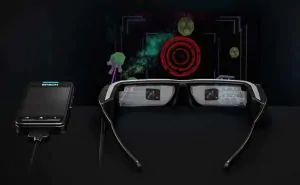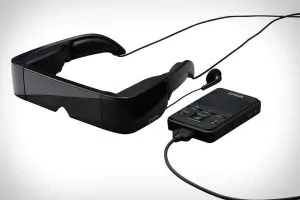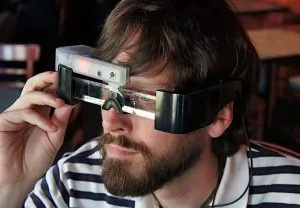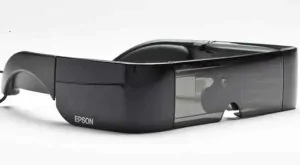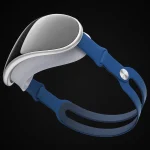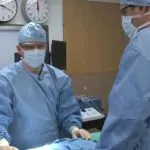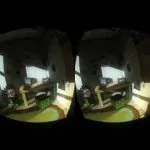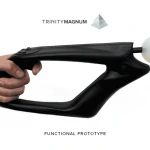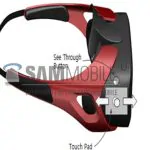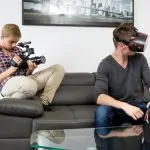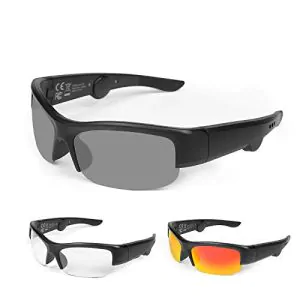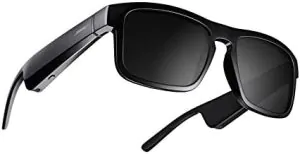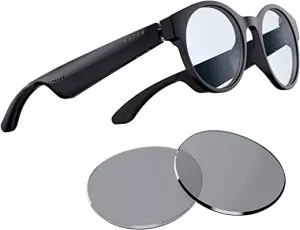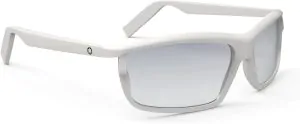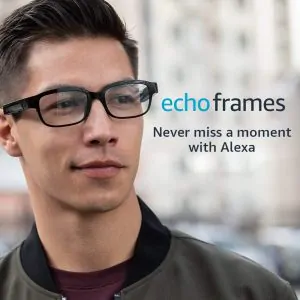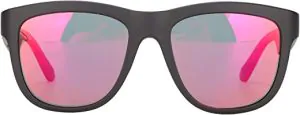What if you could go into the doctors office with a broken bone and all your nurse or doctor had to do was put on a pair of glasses to see what was wrong. Now what if that wasn’t just a fantasy? Well, actually it’s not. In fact, new technology is making ideas and possibilities like this real all the time. The Evena Eyes-On glasses aren’t quite ‘x-ray’ glasses, but they do let nurses see through the skin and to the veins beneath. Which, as anyone who’s ever gotten a shot can tell you, would be very useful indeed.
The Evena Eyes On Glasses
Evena’s Eyes-On-Glasses system combines a multi-spectral 3D-Imaging software platform with a pair of glasses that already exist. In fact, they’re actually using the Moverio smart glasses from Epson, which are binocular HD glasses, to use the platform. The combined technology allows the wearer to create anatomically accurate and real-time displays of the patients vascular system. Vivipuncture, or the use of needles, is the most common medical treatment on the planet, and studies show that 40% of shots and IVs start out wrong the first time. Glasses like the Evena Eyes-On system could help to fix this.
How Do They Work
While the Evena Eyes-On-Glasses don’t actually provide x-ray vision, they do something just as cool. The Epson Moverio glasses is essentially a 3D hybrid visualization system that allows you to view ‘floating’ images and video. Essentially, you could watch a movie while wearing them and still see the people around you. Or you could use them to visualize a display of your important documents and data against the wall without hiding the wall. Essentially they are incredibly cool. Combined with the Eyes-On technology from Evena, this 3D visualization system allows the wearer to add in vascular scanning and monitoring, so that they can project a 3D visualization of the patients actual vascular system over their skin. Because Moverio is Android based, controlling it is a simple matter of using the remote, or using an Android based system. While it’s not quite as simple as all that, the concept is definitely a great one. Because the system uses a vascular scanner rather than a general model, each vascular system represents an accurate visual of the patients veins, allowing doctors and nurses to find them more easily.
So What Now?
While the Eyes-On glasses system looks very cool, it is quite possible that we will not see it or anything like it in the hands of nurses or doctors anytime soon. On their own, the Moverio glasses cost some $699 each and when combined with the Eyes-On technology, probably twice that. Hospitals are going to wait until the technology has proven itself before integrating it in with their staff.
Once they do though, we might just turn 40% of misplaced needles into a 100% accurate injection rate. Plus, your nurse might walk around wearing glasses that show her your veins.

What’s more, these glasses wouldn’t have to be used for only vascular visualization. Instead, they could be used to recognize patient information based on an NFC or Bluetooth signal, and then display it where the practitioner could see. They could also eventually be used for other types of 3D visualization including bone, muscle, and tendons, so long as we have the technology to scan the body first.
